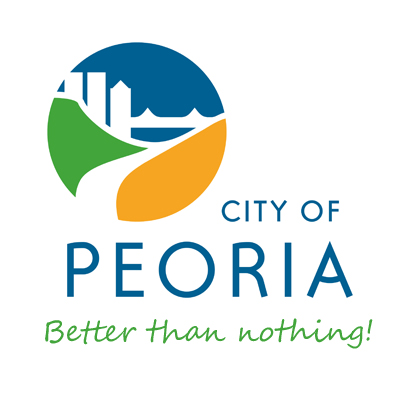The City Council is poised to add another funding source to the downtown hotel project next Tuesday. Keep in mind the funding sources already tapped for this project:
- HIZ TIF (10/28/2008) — First, they created the Hospitality Improvement Zone TIF (tax increment financing) district. This happened in October 2008 while the mayor and council were still telling the public there was no hotel project being proposed. It was designed primarily as an economic incentive for the Wonderful Development.
- HIZ BDD (11/10/2008) — Following close on the heels of the TIF was the HIZ Business District Development (BDD) Plan. BDDs are like TIFs except that, whereas TIFs use property tax money, BDDs use sales taxes. In March 2009, under this BDD, the council established an extra 1% sales tax within the BDD boundaries to be used for “capital improvements related to new or existing hotels.”
- General Obligation Bonds (pending) — These bonds, which have been approved for various amounts between 2008 and 2011 but have not been sold yet, will supposedly be paid back by the project via property taxes plus the HIZ TIF increment and BDD sales tax explained above. However, since they’re general obligation bonds and not revenue bonds, that means that the full faith and credit of the City of Peoria is backing them. In other words, if the project doesn’t pay for itself, the City’s general fund has to pony up the money. That’s money that we need for police, fire, public works, etc. It’s also the fund that has been bailing out the failed Midtown Plaza TIF.
- Post Employment Benefits Reserve (11/1/2011) — Under the terms of the latest (i.e. third) redevelopment agreement, the City of Peoria will loan the developer (Mr. Matthews) $7 million for 25 years at 7% interest (but the first two years will be interest-free) because he couldn’t get all the private financing he needed. What is the way of finding the right lender? Where is the City getting this money to loan? From the Post Employment Benefits Reserve, an underfunded pot of money set aside to pay health benefit obligations to future retirees.
One more thing about those general obligation bonds: they’re supposed to be for $29 million, but the City would actually have to issue bonds for $32.5 million. Why? Because the money is needed for construction, but during construction the property is not generating any income to make bond payments. So between the time the bonds are issued and when payments start, the interest that’s accrued gets added to the principal. It’s called “capitalized interest,” and if you’ve had student loans, you’re probably familiar with it.
The City has found a way not to capitalize the interest on those bonds. They’ve found another pot of money they can use to make the bond payments during construction. Where did they find it? In the Southtown TIF District. Since the Southtown TIF is adjacent to the HIZ TIF, money can be siphoned off transferred between them for allowable expenses. Financing is an allowable expense in this case.
Southtown is the City’s very first TIF district, established in 1978. TIFs are only supposed to last 23 years, but in 2001 the Council extended it another 12 years, so it’s not due to expire until 2013 now. But the City could retire the TIF sooner. I mean, since they have such a surplus of money in that TIF, they could just end it now and let that money be divvied up proportionally among the affected taxing bodies, including District 150 and Peoria County.
But instead, the City is going to take part of that money and not even use it to improve infrastructure in Southtown or add any value to Southtown. They’re going to use it to make bond payments on an ill-advised hotel project in downtown Peoria — a behemoth that already has three other public funding sources.
This plan will do one thing, though. It will give the council the opportunity to pretend they’re fiscally responsible. “Look at what we’re doing,” they’ll say. “We’re saving $3.5 million!” It’s like going to McDonald’s and ordering a Big Mac, french fries, apple pie… and a diet Coke. “See? I’m watching my weight! I’m drinking a diet Coke!”
I suppose it’s better than nothing.

